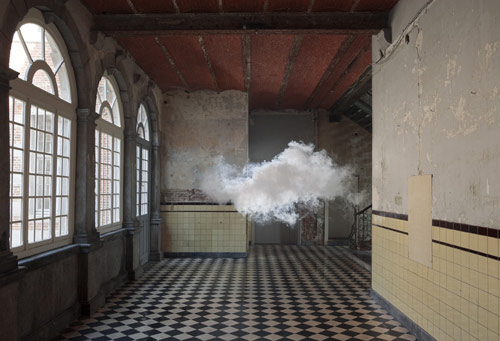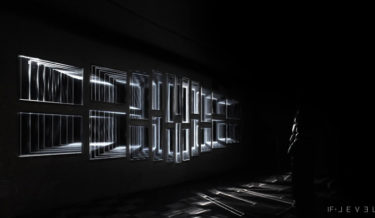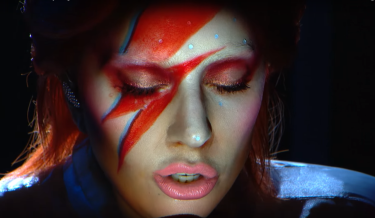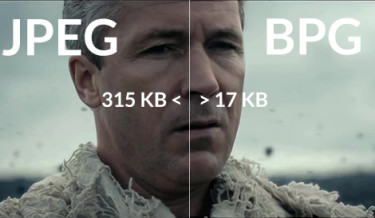Related post
LIGHT INSTALLATION “LEVEL” TAKES THE AUDIENCE BEYOND THE PHYSICAL REALITY
Feb 22, 2017
|
Comments Off on LIGHT INSTALLATION “LEVEL” TAKES THE AUDIENCE BEYOND THE PHYSICAL REALITY
4070
Lady Gaga Live Projection Mapping Grammy’s 2016
Mar 07, 2016
|
Comments Off on Lady Gaga Live Projection Mapping Grammy’s 2016
3781
Why BPG will replace GIFs and not only.
Nov 02, 2015
|
Comments Off on Why BPG will replace GIFs and not only.
6912






